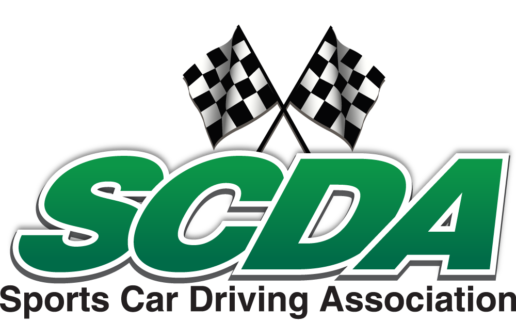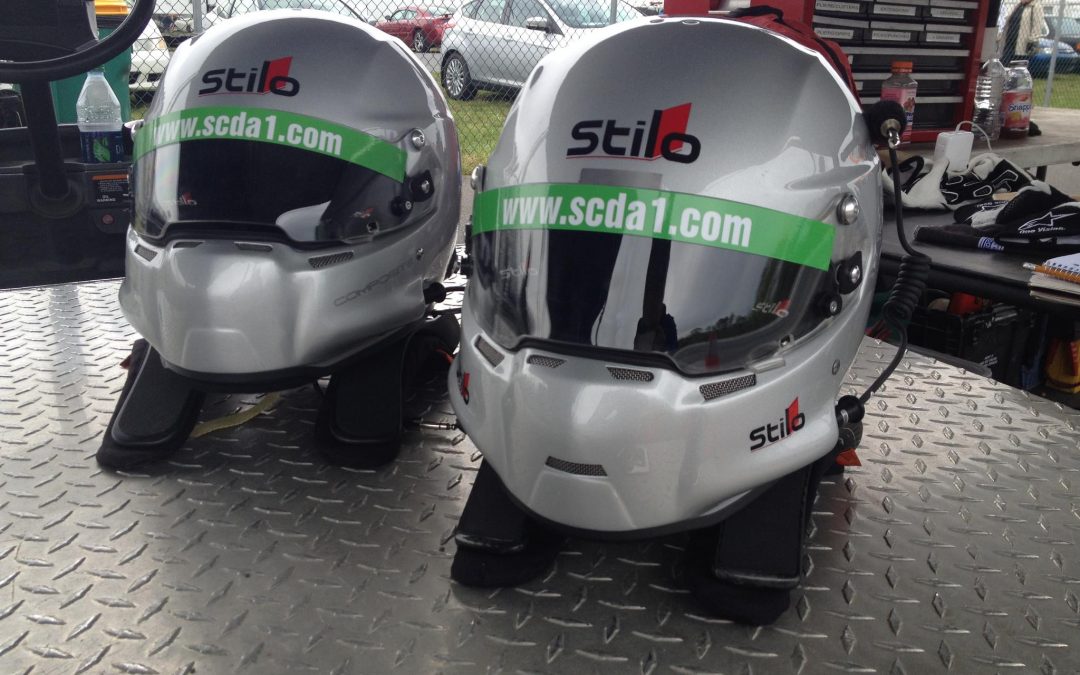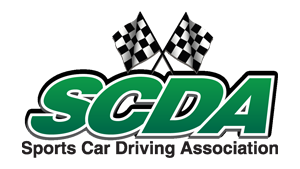“Drivers are often uncertain about helmet certification when they come to tech,” says Matt Bannerman, chief SCDA Tech Inspector. “They may come to tech with a brand-new helmet that has the latest certification, but for a different use. We cannot let that helmet pass, which can be a downer.” Drivers can avoid this inconvenience by understanding exactly what the industry standards are, what types of certifications are offered, and how to identify a helmet’s rating.
To begin to understand what makes a safe helmet, let’s take a trip to the SNELL Foundation headquarters in Highland, California. The SNELL Foundation is responsible for testing and certifying helmets for many types of application, including motorsports, equestrian and bicycle use. The SMF website reads “Established in 1957 after the tragic death of Pete “William” Snell, the Snell Memorial Foundation (now Snell Foundation) has been a leader in helmet safety both in the United States and around the world. For over 60 years, the Snell Foundation, a not-for-profit organization, has been dedicated exclusively to head protection through scientific and medical research, standards development, helmet testing, and public education.”
The SNELL Foundation uses different tests, and has different ratings for racetrack use than for motorcycle use. The SNELL certification of helmets for drivers on a racetrack is the Special Application(SA) category. Alternatively, helmets with a M rating are designated for Motorcycle use. Two of the significant differences between the SA and M rating are:
- SA-rated helmets are tested for flammability, while M-rated helmets are not.
- SA-rated helmets may have a smaller eyeport, protecting the wearer from fire, whereas motorcycle riders rarely encounter flames.
The SNELL Foundation does have recommendations regarding replacing helmets every 5-Years.
“Unused helmets stored in good condition do not automatically expire after five years. Replacing helmets every five years is a judgement call based on testing helmets used by the California Highway Patrol by Dr. George Snively. Wear and tear, the simple act of putting on and taking off helmets, damage the comfort pads and energy absorbing foam liner over time. Helmets with worn-out pads are at least one to two sizes larger than helmets in new condition. A poorly fitted helmet makes it more likely that the helmet will shift too much or even come off the head during a crash impact. For these reasons, Snell recommends replacing helmet after five years of normal use.”
Despite all of its great work, the SNELL Foundation can still make it a little tricky to identify a helmets’ rating. Some helmets have printing on the outside of the shell, often with DOT ratings, but this information does not guarantee the helmet has a SA certification. The ONLY way to know if a helmet has a current and acceptable rating is to find the orange label inside the helmet shell. This label is often beneath some padding which may need to be pulled back to reveal it. The only helmets certified for SCDA use have a SA-2015 or SA-2020 label. These labels look like this:
The SNELL Foundation does offer suggestions for choosing the right size helmet. A few SCDA Partners also offered advice on choosing the proper helmet.
Robert Zecca of Driving Impressions explains: “You want a helmet that is on the snugger side because it will only become loser in time. When buying over the internet it is easy to buy a helmet that is too loose so make sure it is snug.”
Cody McLean of HMS Motorsport explains the importance of choosing the right helmet: “Understand what a properly fitting helmet should feel like: uniformly tight, but not painful. Drivers should feel a good bit of pressure in the cheeks, and need to make sure the helmet isn’t loose or sloppy. Pain on the forehead or top portion of the head typically won’t go away, while a bit too much pressure in the cheek area usually breaks in with time.”
Track drivers may also require accessories built into the helmet. Many helmet makers offer features including drink bottle plumbing, fresh-air hose mount, radio microphone and even built in headphones. Most SA Certified helmets also have accommodations for head-and-neck restraints as well. When choosing accessories, a driver should consider how they will use the helmet 5-years from now, not just today. Some accessories can be added after purchase and some need to be installed by the manufacturer.
In conclusion, a helmet is the most critical piece of safety equipment a driver will buy and the decision can be complicated. The reason the Sports Car Driving Association requires helmets with a Snell SA 2015 or SA 2020 rating is to ensure that all drivers have the best and latest safety equipment when on track. In another blog post we will look into head and neck restraints.




